Day 45 of 100 Days : Creating an S3 Bucket in AWS (Hands-On)
 Munilakshmi G J
Munilakshmi G JWelcome to Day 45! Today, we’re diving into AWS S3 Bucket creation with a hands-on approach. By the end of this blog, you'll be equipped to create and configure your own S3 bucket in AWS. Let's roll up our sleeves and get started!
What is an S3 Bucket?
An S3 Bucket is like a top-level folder where you store your data (objects). It’s the foundation of Amazon S3, designed for organizing, storing, and retrieving data efficiently.
Step-by-Step Guide to Creating an S3 Bucket
Step 1: Log in to the AWS Management Console
Open the AWS Management Console.
Navigate to the S3 service from the Services menu.
Step 2: Start the Bucket Creation Process
Click on the "Create Bucket" button.

Step 3: Name Your Bucket and Choose a Region
Enter a unique Bucket Name (e.g.,
my-devops-day45-bucket).Bucket names must be unique across all AWS users globally.
Follow these rules: use lowercase letters, numbers, and hyphens.
Select a Region (e.g., Asia Pacific - Mumbai) where the bucket will reside.
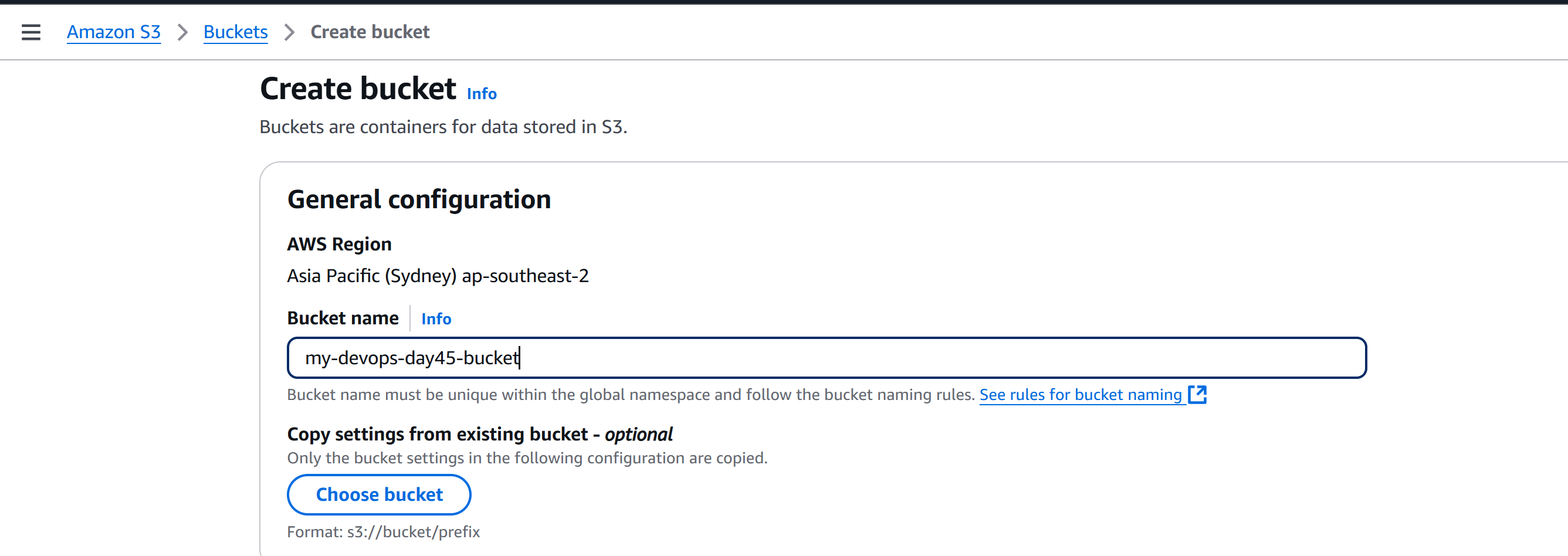
Step 4: Configure Bucket Options
Block Public Access: Ensure public access is blocked unless you explicitly need public access.
Check or uncheck options as per your requirement.

Versioning (optional): Enable if you want to keep multiple versions of files for added safety.

Other settings like encryption and tags can be configured later.
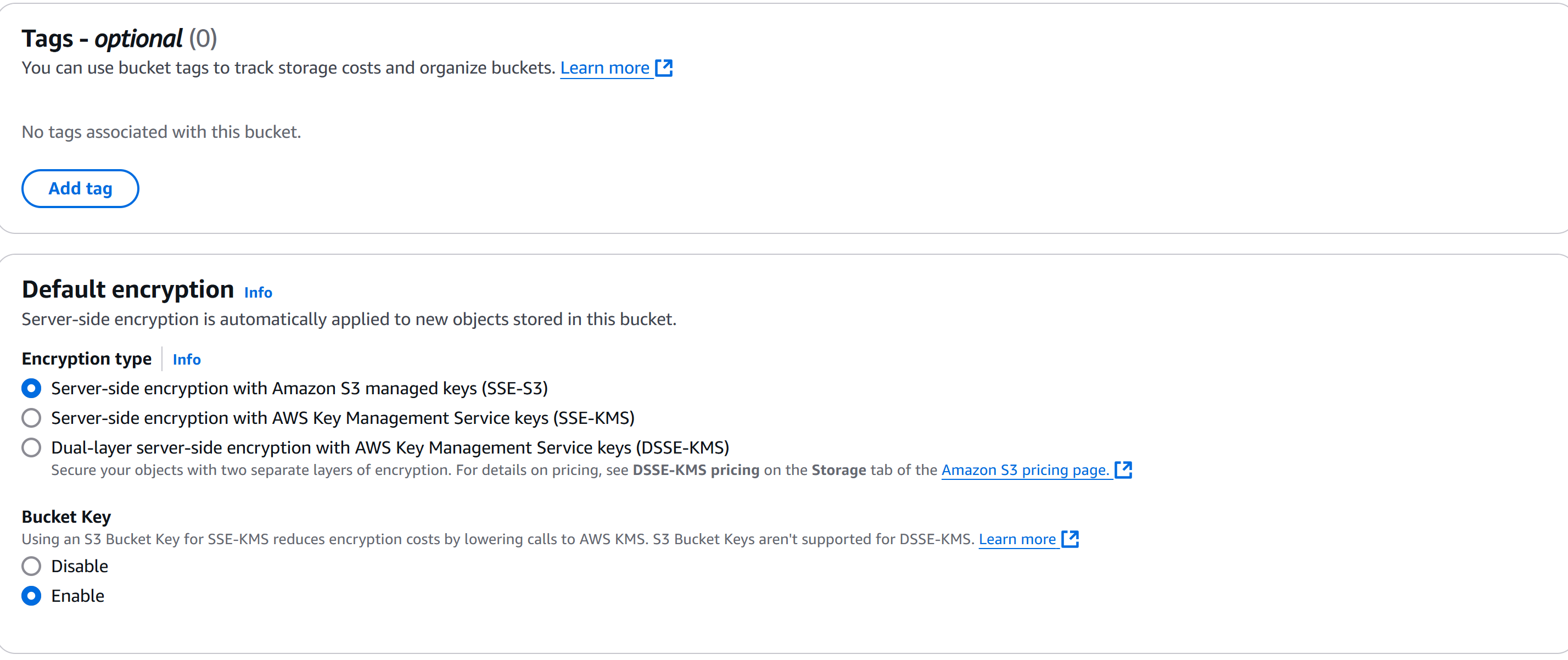
Step 5: Review and Create the Bucket
Review all the configurations you’ve made.
Click "Create Bucket" to finalize. 🎉
- Congratulations! Your bucket is ready.
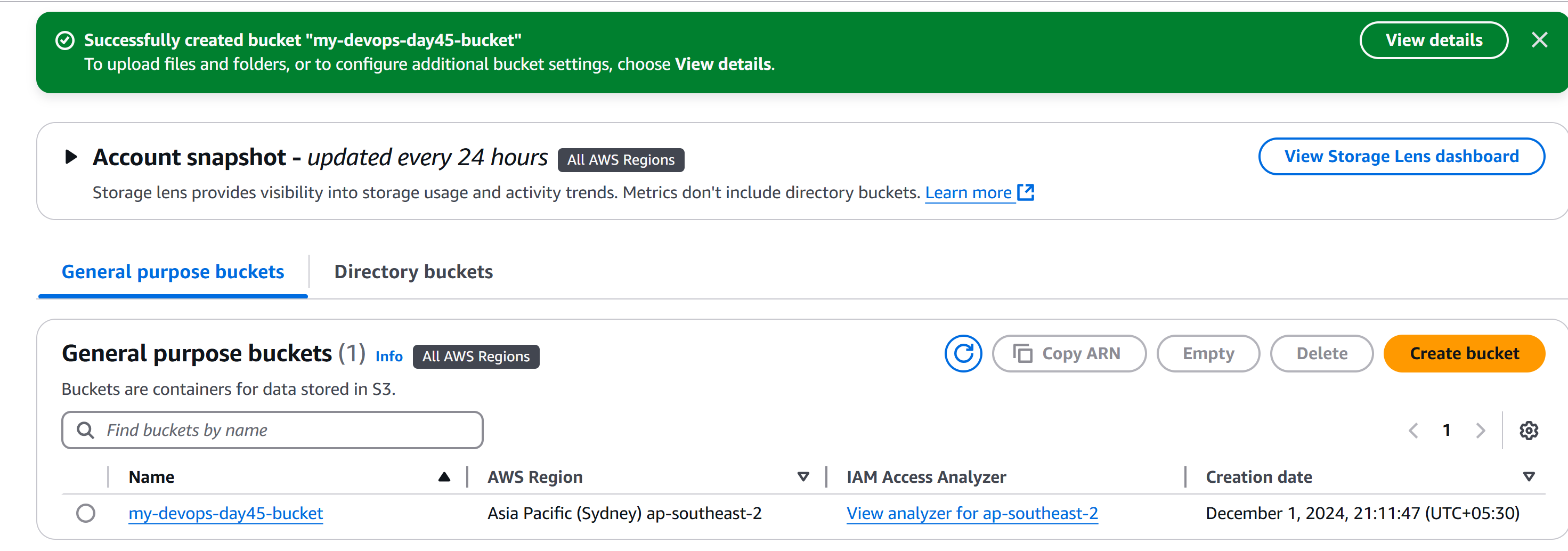
Bonus: Upload Your First Object
Open your new bucket.
Click "Upload" and add a file from your computer.

Assign a key (name) to the object if needed.
Click "Upload" to store the file in your bucket.
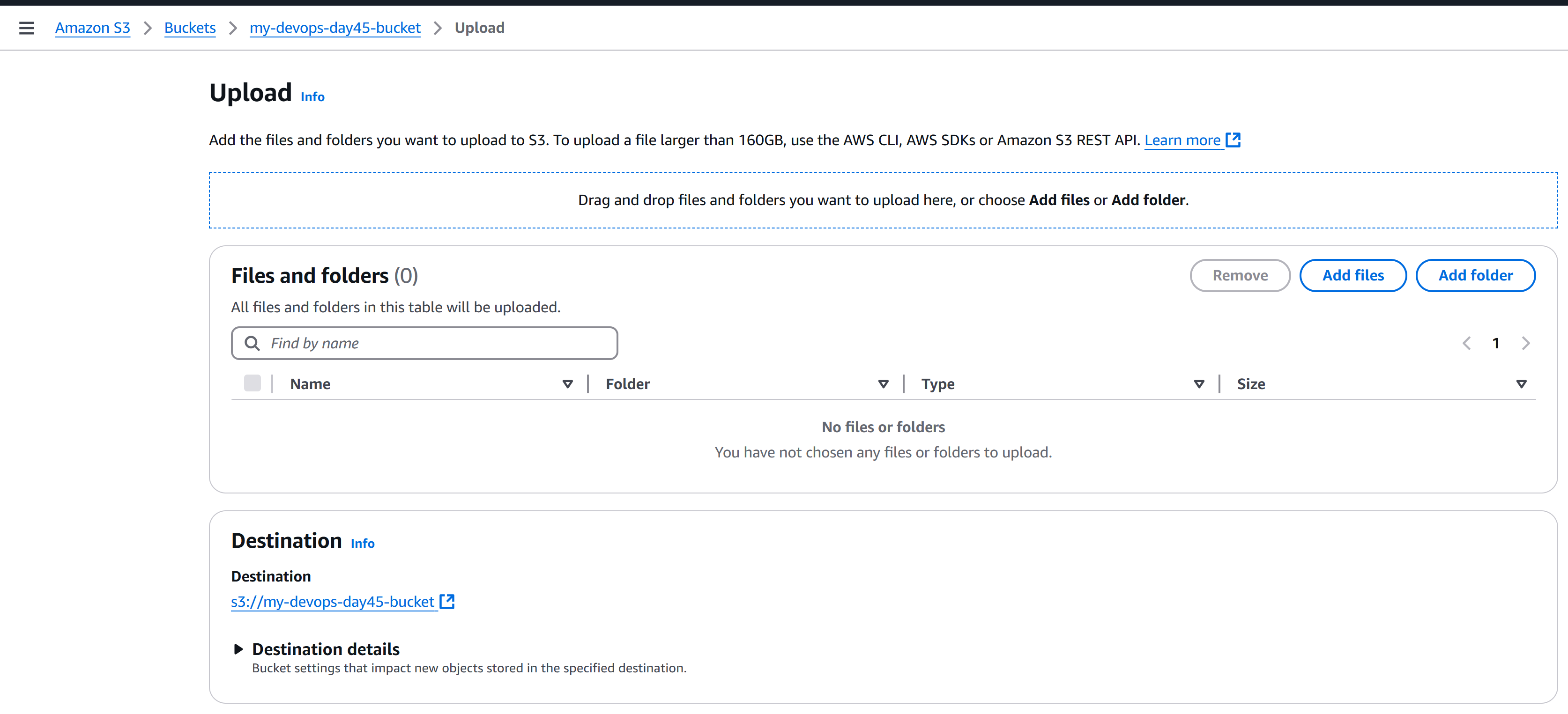
click add files
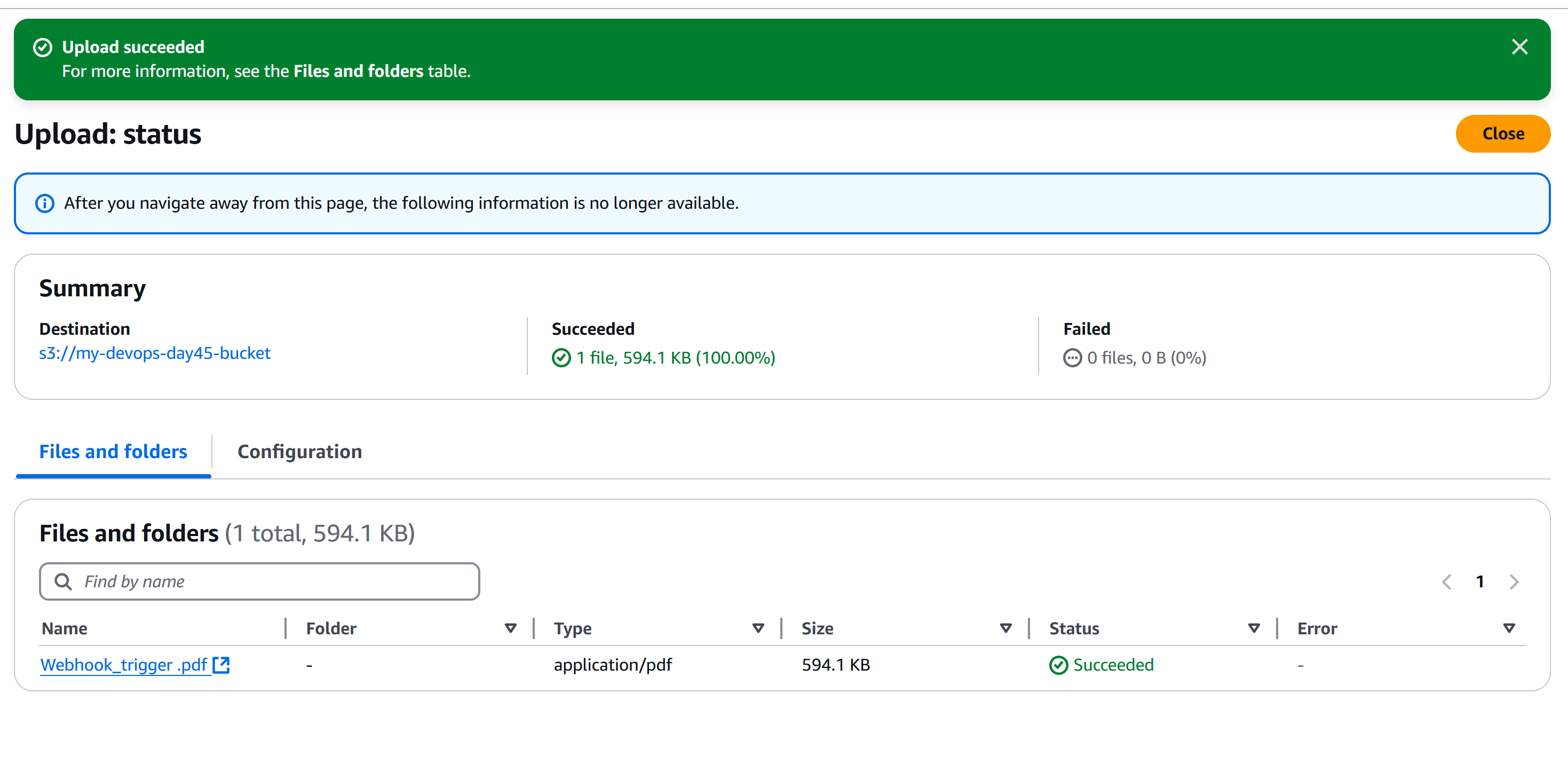
Best Practices to Remember
Use descriptive and meaningful bucket names.
Choose regions closer to your users for lower latency.
Regularly monitor and audit access logs for security.
Enable versioning for critical data to prevent accidental overwrites or deletions.
Implement lifecycle rules to manage storage costs effectively.
Wrap-Up
Today, you’ve learned to create and configure an S3 bucket in AWS. Practice this often to build muscle memory! Don’t forget to explore more features like bucket policies, lifecycle rules, and encryption for added control and security.
Have questions or feedback? Drop a comment below! And as always, see you tomorrow for another exciting DevOps challenge. 🚀
Subscribe to my newsletter
Read articles from Munilakshmi G J directly inside your inbox. Subscribe to the newsletter, and don't miss out.
Written by

Munilakshmi G J
Munilakshmi G J
"Aspiring DevOps Engineer on a 100-day journey to master the principles, tools, and practices of DevOps. Sharing daily insights, practical lessons, and hands-on projects to document my path from beginner to proficient. Passionate about continuous learning, automation, and bridging the gap between development and operations. Join me as I explore the world of DevOps, one day at a time!"